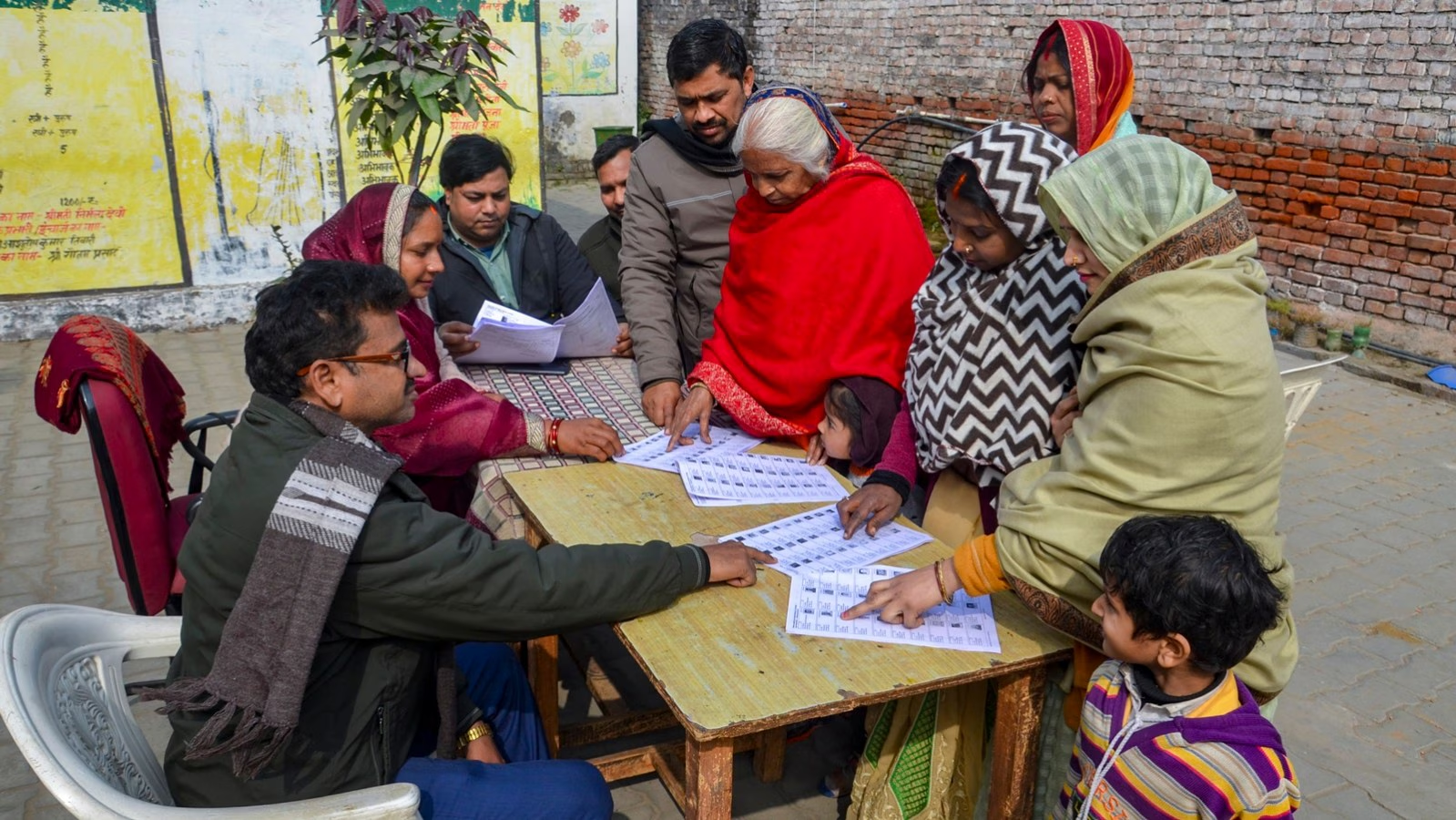All India Council for Technical Education (AICTE) statistics show that the number of BTech seats available nationwide has reached an eight-year high after years of decreasing intake and consolidation, primarily as a result of a decline in demand and government-mandated restrictions.
Approximately 18.84% more students will be admitted to undergraduate engineering and technology programs in 2024–2025 than in 2021–2022 (12.54 lakh), when the total number of seats fell to their lowest level in 10 years.

The new high follows a decade-long year-on-year fall in admission, which peaked at about 17.05 lakh seats in 2014-15. The 2022-23 academic year saw the first increase in a decade, with a rise of little less than 2%, followed by a 5% jump the following year.
Intake increased by 10% for 2024–25, adding more than 1.4 lakh seats compared to 13.5 lakh the last year. Nevertheless, the most recent figure is still below the intake during the first three years of the decrease, which were 17.05 lakh in 2014–15, 16.30 lakh in 2015–16, and 15.56 lakh in 2016–17.
According to AICTE data, three southern states—Tamil Nadu (32,856), Andhra Pradesh (23,518), and Telangana (20,213)—account for the majority of this year's seat growth, or more than 50%.
Tamil Nadu's approved intake, which was 2,75,830 seats the previous year, is now 3,08,686 seats. Last year, Andhra Pradesh had an allowed intake of 1,60,014 seats; this year, that number has climbed to 1,83,532, placing it second overall after TN.
Additionally, Telangana's seat count increased from 1,25,344 to 1,45,557 last year.
The elimination of the ban on adding new seats in BTech programs in 2023–2024 and the approvals given for engineering and technology courses for working professionals are the two main reasons for the overall increase in enrollment, according to AICTE Member Secretary Rajive Kumar.
“The program for working professionals was introduced for the first time (in 2023-24). These are supernumerary seats. With this, the number of seats has gone up by around 40,000 to 50,000, and around 400 to 500 institutions have been given approval for this program. These institutions have started taking admissions,” Kumar said.
“The total number of approved institutions for undergraduate engineering courses this year is 2,906. Kumar said that 1,256 institutions have been approved for an increase in intake this year, including the approvals for working professionals’ courses, adding that the increase in intake was mostly for courses in the computer domain,” added Kumar.
Kumar continued, “The program is meant for those working in organizations, industries, or MSMEs located within a 50-km radius of the institute and have a minimum of a year’s full-time work experience. These are meant for UG, PG, and diploma courses and can help those who may want to complete their courses after they have begun working,” Kumar said.
AICTE also removed the prior cap on the number of seats at engineering colleges that were still in operation beginning in 2023–2024.
Following a study by a committee constituted by the AICTE, which saw a positive rise in admissions for core engineering fields in 2022–2023, the committee suggested lowering the cap. In that academic year, 81% of the BTech seats were occupied, up from 71% in 2021–2022.
“This (the lifting of the seat cap) is subject to the fulfillment of infrastructure availability, its readiness, and filled faculty positions. Before grant of approval to the increase in intake sought by the institution, the council shall ascertain the infrastructure and faculty availability,” reads AICTE’s approval process handbook for 2024-25 to 2026-27.
“Up to 420 seats, we have granted approval on a self-declaration basis (an institute can apply for an increase in intake by providing a self-declaration on facilities available). If the requested intake is to be more than 420 seats, we have visited the institutes virtually and then accepted or denied the request based on availability of infrastructure, faculty, and laboratories. Earlier, this figure used to be 360 seats,” Kumar said.
The seven years from 2014-15 to 2021-22 that saw a consolidation of engineering admissions and institute closures were interpreted as a market reaction to lower demand, which compelled colleges to close.
According to a December 2017 study, 51% of the 15.5 lakh undergraduate seats at 3,291 engineering colleges in 2016–17 remained unfilled.
The study discovered obvious regulatory deficiencies, including purported corruption; a vicious cycle of subpar labs, teachers, and equipment; no connections to industry; and a lack of a technical ecosystem to support the classroom. It concluded that all of this contributed to graduates' poor employability.

AICTE declared a few weeks later that, beginning with the 2018-19 academic year, it would cut the number of students enrolled in courses with low admissions in half.
It declared a two-year ban on new institutes and seats in 2019. The prohibition did have several exceptions, though.
Current engineering institutes were permitted to convert existing capacity in traditional engineering branches to emerging new technology areas like blockchain, robotics, quantum computing, data sciences, cyber security, 3D printing, and artificial intelligence, or to launch new programs in new technologies.
















